NATURALIS HISTORIA 16-24 settembre 2023
For its fifth edition, Lake Como Design Festival chooses the observation of nature as its guiding thread. “Naturalis Historia” will be the title of this new event, inspired by the homonymous work by Pliny the Elder. In the year of the Bimillenary of his birth (Como, 23 A.D.), the theme chosen is intended as a tribute to the writer and naturalist, to his eclectic and curious character of forgotten, new and useful things. In particular, among Pliny’s writings, the never predictable census of the animal and plant world, as well as the valuable information in books on mineralogy, define the topics that the next edition of the festival will stage in a series of meetings, exhibitions and site-specific installations.

VILLA OLMO BACK TO NATURE / DESIGNERS, EDITORS AND GALLERIES MEET IN THE HISTORIC HALLS OF VILLA OLMO.
The 2023 edition program opens the doors of the historic Villa Olmo with a new appointment that brings together designers, editors and galleries of modern and contemporary design. A series of special projects follow one another in the different rooms of the villa, creating a unique exhibition, immersed in a large Italian garden and overlooking the first basin of Lake Como For its fifth edition, Lake Como Design Festival chooses the observation of nature as its guiding thread. “Naturalis Historia” will be the title of this new event, inspired by the homonymous work by Pliny the Elder. In the year of the Bimillenary of his birth (Como, 23 A.D.), the theme chosen is intended as a tribute to the writer and naturalist, to his eclectic and curious character of forgotten, new and useful things. Built in the 18th century, Villa Olmo is one of the main symbols of the city of Como. One of the most famous and sumptuous historic residences of the lake. The villa is surrounded by a large Italian garden and is part of the lakeside path that, since the 19th century, has linked the villas overlooking the lake, from Borgovico to Villa d’Este in Cernobbio. It was built between 1782 and 1787 by the architect Simone Cantoni, originally from Ticino, for the patron Innocenzo Odescalchi, whose wealthy family in 1664 had purchased part of the property and land of the abbey of S.Maria di Vico, known as the Abbey of the Olmo. On the death of Marquis Odescalchi,the neoclassical-style villa passed to theRaimondi family, who hosted, among others,Giuseppe Garibaldi and the imperial family ofFerdinand I of Austria. In 1883 the propertypassed to the Dukes Visconti di Modroneand was then sold to the Municipality of Como in 1925.

EX CONVENTO ORSOLINE SAN CARLOBETWEEN ART AND NATURE / PHOTOGRAPHS FROM THE COLLECTION OF FONDAZIONE SOZZANI
The exhibition Between Art and Nature. Photographs from the collection of Fondazione Sozzani,curated by Maddalena Scarzella, presents a selection of 80 photographs from the permanent collection of the Fondazione Sozzani in Milan, offering a new look at the collection not as a whole, but focusing attention on those works in which Nature is an inexhaustible source of inspiration, study, reference, veneration, estrangement, comfort. Concerned to the rediscovery of historical, unknown or forgotten places in the city and in the surrounding area since the beginning, Lake Como Design Festival this year decides to host a major photography exhibition atthe former Orsoline San Carlo Convent,an interesting seventeenth-century building that opens its doors to the general public for the first time, in collaboration with Arte Applicata and Dedalo Orsoline San Carlo. Scarzella has identified twenty photographers within the collection whose works offer a broad overview of the way in which photography has portrayed Nature and the way in which Nature has inspired the most diverse photographic works. Starting from the iconic silhouettes of plants by Karl Blossfeldt (1865-1932), the exhibition moves through well-known and lesser-known names and works such as the x-ray photographs of flowerstaken by Dr. Darin L. Tasker(1872-1964), juxtaposed withmilestones of the genre suchas the impeccable still-life byKenro Izu (1949) and Tom Baril(1952). From the idyllic worldsof Annelies Štrba (1947) wemove on to the meticulousethnographic documentationof Edward Sheriff Curtis (1868-1952) up to the landscapessuspended in time of SarahMoon (1941) to then arrive atMasahisa Fukase’s (1934-2012)photographs of flocks of crowsas an allegory of pain and studies on clouds as a metaphor for lifeby Alfred Stieglitz (1864-1946). “Carla Sozzani’s collectionis inextricably linked to hermore than 40-year career asa journalist and gallery owner,anticipator of tastes andeclectic collector”, declaresMaddalena Scarzella. “Thisselection of works in relationto Nature opens up a newway of looking at its works forthe Sozzani Foundation, whileremaining faithful to that visionof the world, of the feminineand of beauty that has alwaysguided our activities and ouracquisitions”.

VILLA SALAZARCONTEMPORARY DESIGN SELECTION / PANORAMICA SUL DESIGN CONTEMPORANEO INDIPENDENTE.
From 16 to 24 September 2023, Lake Como Design Festival renews the appointment with its contemporary design selection, this year curated by Giovanna Massoni. Also for this new edition, all the selected works will be exhibited during the days of the festival and offered on sale through an online auction dedicated to the event, exclusively organised by Catawiki, already partner in past editions of the festival. The 2023 exhibition will be at Villa Salazar, an eighteenth-century location with a neoclassical style open to the public for the first time.

PALAZZO DEL BROLETTOTHE OTHER ANIMALS / COLLECTIVE EXHIBITION INSPIRED BY THE HOMONYMOUS WORK BY PLINY THE ELDER.
The Other Animals, hosted in Palazzo del Broletto by the Municipality of Como, is the exhibition that brings to the stage the volumes of the Naturalis Historia in which Pliny dedicates himself to Zoology. Curated by Lorenzo Butti, artistic director of Lake Como Design Festival and Massimiliano Mondelli, president of the Pliniana Academy, the exhibition intends to create an intense and close dialogue between design, craftsmanship, painting, photography and the words of Pliny the Elder who, in his books dedicated to zoology, carries out a vast and animated census on the different species of animals -land, water and birds. The title of theexhibition, The Other Animals, is inspiredby a passage from Pliny that closes bookVII dedicated to human beings andanthropology: “Now I will go on to talkabout the other animals”, underlining theinseparable interconnection of the livingbeings that inhabit planet Earth.

Rita Baiguera
Co-Director rita.baiguera@dentrocasa.it

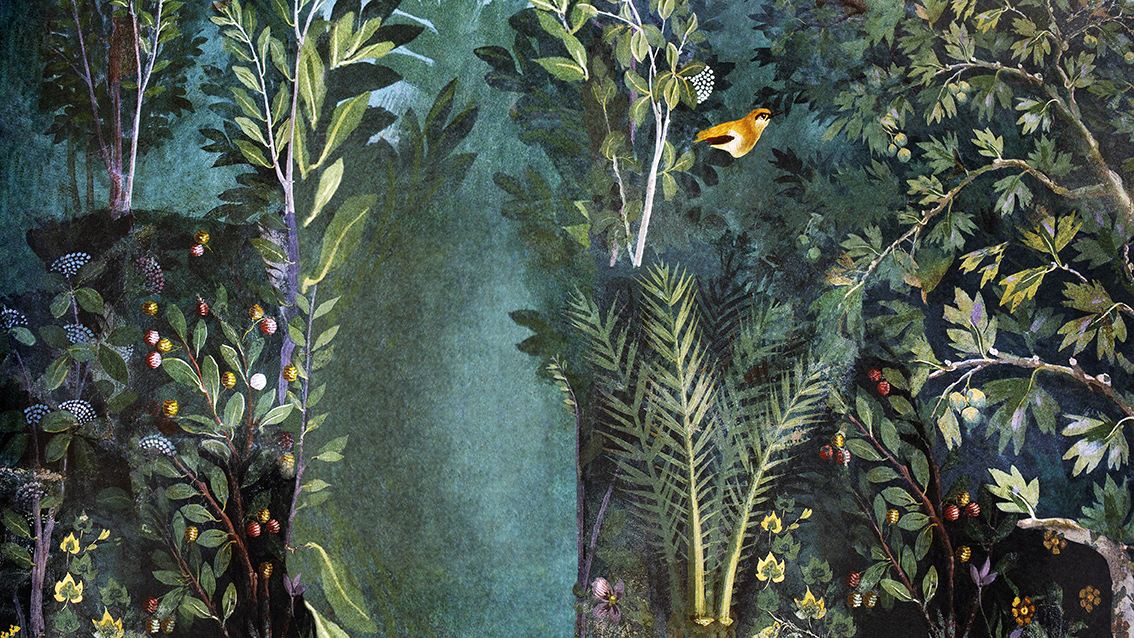
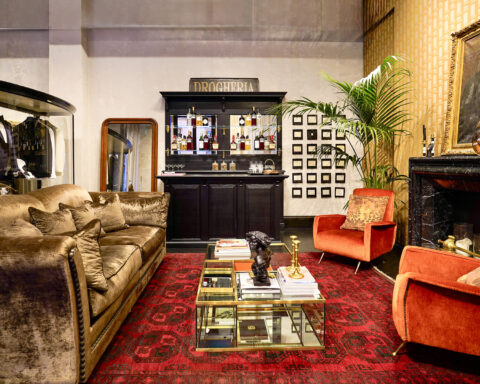
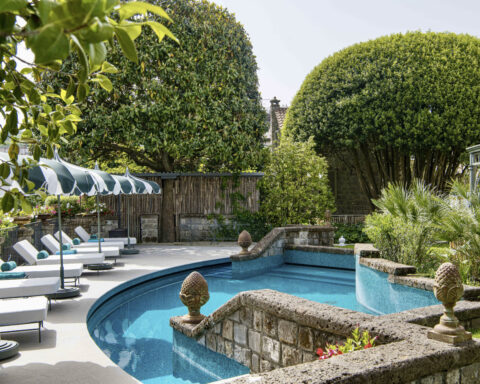
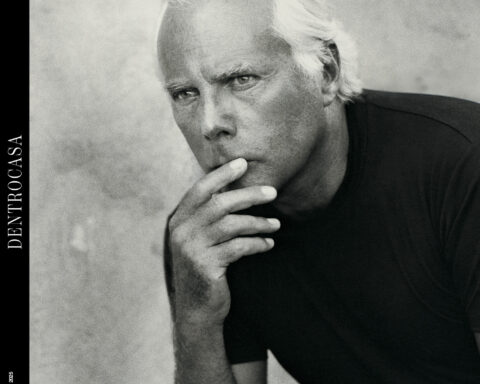

.png)



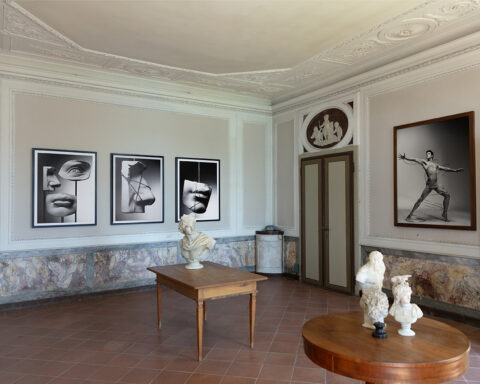
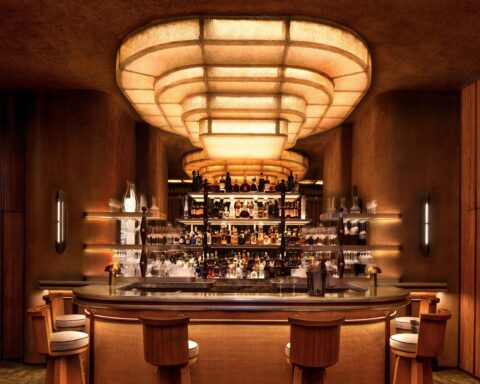

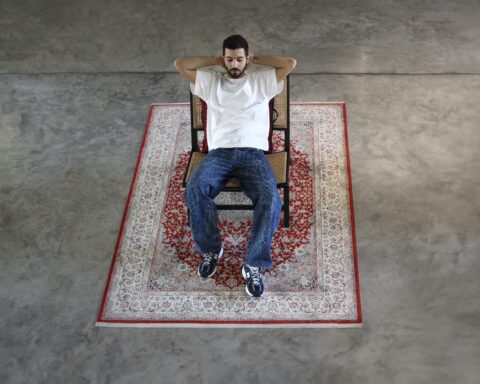
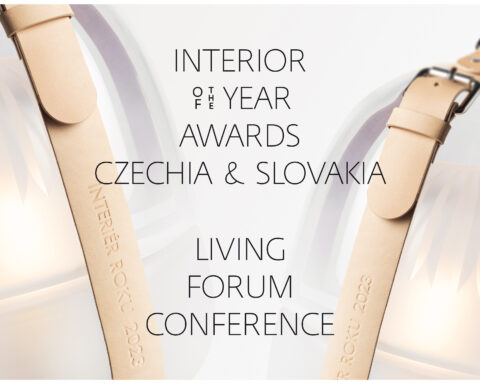
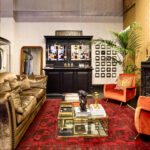

Seguici su